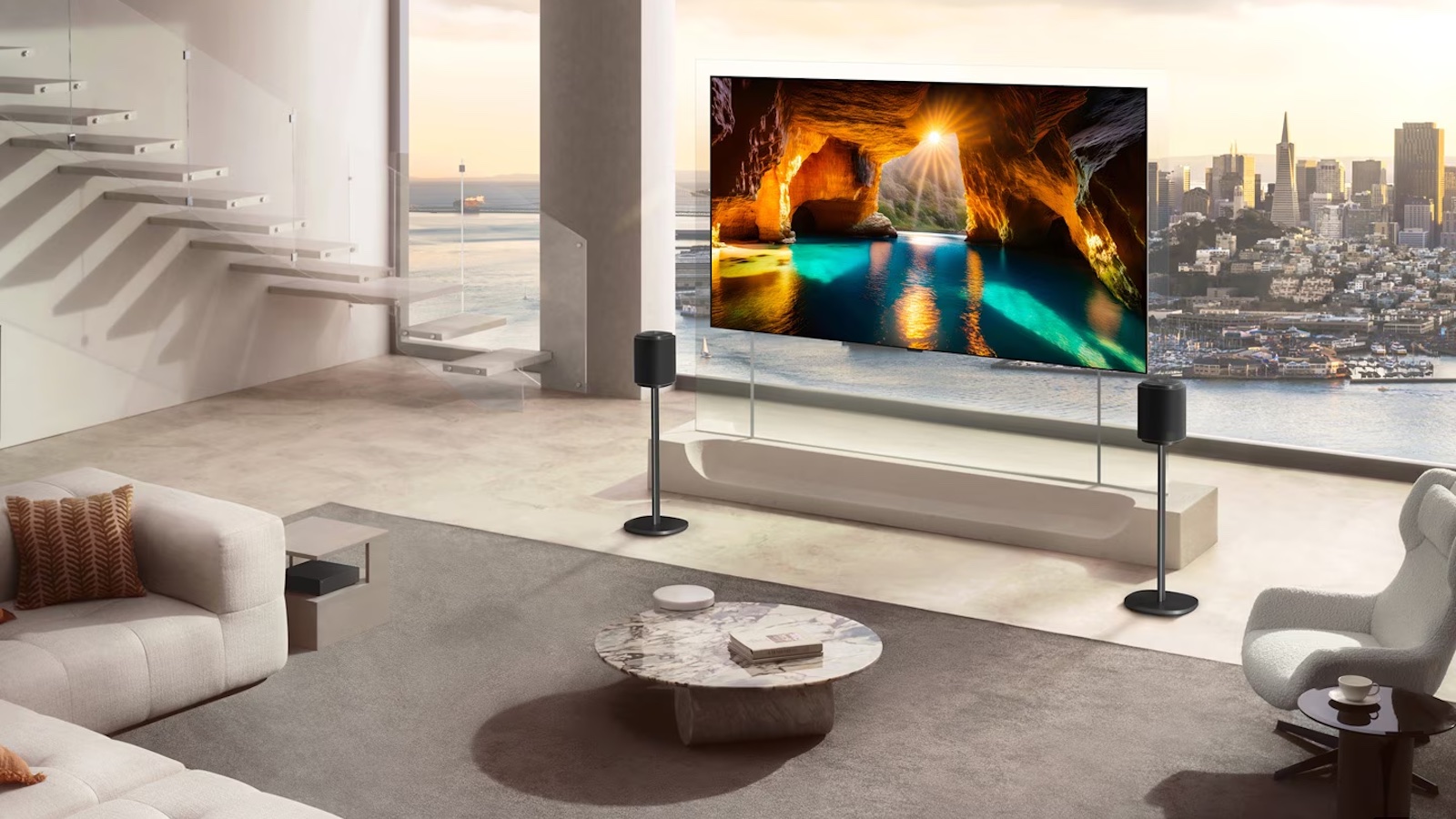Cambridge Audio CXN100 vs CXN (V2): which music streamer is better?
Should you upgrade?
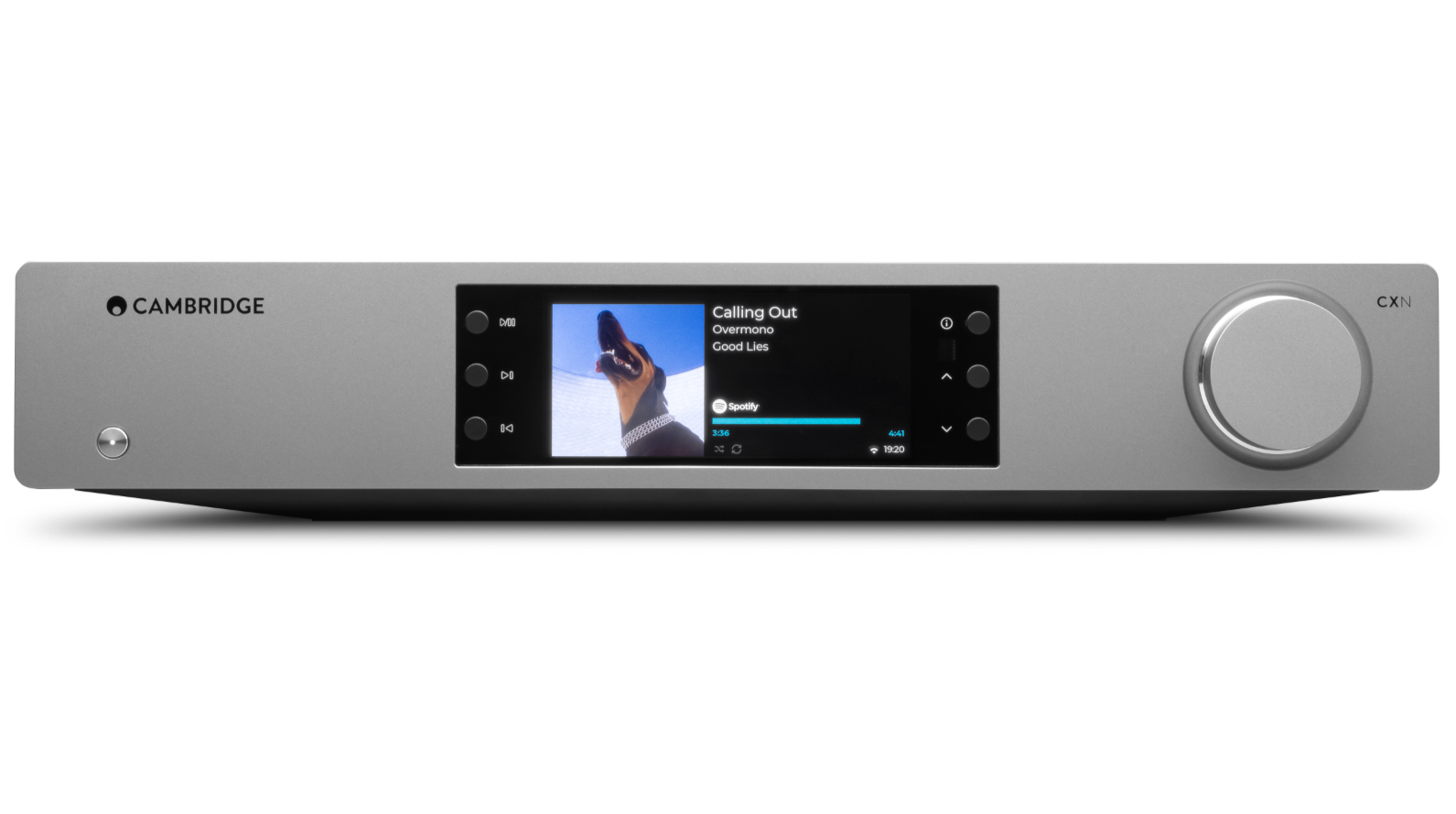
Streaming features: UPnP, AirPlay 2, Bluetooth 5.1, Chromecast, internet radio, Spotify Connect, Tidal Connect
Network: Wi-fi, ethernet
Inputs: USB Type A, USB Type B, optical, coaxial
Outputs: Optical, coaxial, balanced XLR, RCA line level
Headphone output? No
Max file resolution: 32-bit/768kHz PCM, DSD512, MQA
Dimensions (hwd): 8.5 x 43 x 30.5cm
Weight: 3.55kg
With upgraded specs, extensive streaming features and the same sleek, user-friendly design, the new CXN100 streamer is a worthy successor to the Award-winning CXN (V2). It sounds cleaner, more precise and more open than before, with a leaner, snappier presentation compared with its predecessor's richer, warmer tone.

Streaming features: UPnP, AirPlay 2, Chromecast, internet radio, Spotify Connect, Tidal Connect
Network: Wi-fi, ethernet
Inputs: USB Type A x2, USB Type B, optical, coaxial
Outputs: Optical, coaxial, balanced XLR, RCA line level
Headphone output? No
Max file resolution: 24-bit/192kHz PCM, DSD64
Dimensions (hwd): 8.5 x 43 x 30.5cm
Weight: 3.5kg
The only music streamer to enter our Hall of Fame, the CXN (V2) remains a wonderfully engaging listen with satisfying rhythm and dynamics, and a warm, natural way with voices that is still satisfying to listen to, despite the newer model making advancements in other sonic areas. It's perhaps missing a few specs compared with newer rivals, but it's still a solid streamer (if you can find it at a discount).
Cambridge Audio's new CXN100 music streamer is here, and that means it's time for the long-running, Award-winning CXN (V2) to take a bow.
But what are the differences between the two models? And if you already have a CXN (V2) in your hi-fi rack, do you need to run out and immediately upgrade to the new model? Not so fast...
There are familiar similarities between the two CX streamers, but also plenty of differences that might make or break the deal for you. Below, we run through all the minute details on design, use, specs and, of course, sound, to help you decide which streamer is best for you.
Price & availability

The new Cambridge Audio CXN100 launched in February 2024 with a price tag of £899 / $1049 / AU$1899 and you can buy it now globally.
The CXN (V2) launched back in 2018 at £700, but that figure has since risen to £799. Last year's Black Friday sales saw this drop to £599, but since the CXN100's launch, all retail listings of the CXN (V2) are showing out of stock. If you didn't manage to buy one before, you're out of luck now, unless you're willing to do some hunting around on eBay.
**Winner: Cambridge Audio CXN100**
Build & design

In style and dimensions, the two models are identical. The full-width aluminium-clad chassis, the lunar grey finish which matches Cambridge's CX range of products, the 'floating' design – both sport a minimal aesthetic that is sleek, well built, and is, at a glance, indistinguishable.
The latest hi-fi, home cinema and tech news, reviews, buying advice and deals, direct to your inbox.
But let's get into the minutiae. The CXN100's colour display screen is slightly bigger at 4.8 inches (compared with the predecessor's 4.3in) and has a higher resolution: 1280x574 vs the older model's 475x219. On the CXN100, the number of buttons on the front panel has been reduced and streamlined for playback and scrolling through a new, simpler menu, while the front-mounted USB-A port seen on the CXN (V2) has been axed altogether.
Looking at them together in the pictures throughout this article, the differences aren't night and day, are they? The CXN100 is neater and the screen is sharper, but we also don't find the CXN (V2) looking or feeling dated next to it. The display menu system is updated in the CXN100 to be similar to the Evo systems, but both models are pleasingly easy to use overall.
It's with the front panel's control/volume dial that we noticed a substantial material difference between the two. On the CXN (V2), that dial has a lovely damped feel when we turn it that gives a truly premium sensation, whereas the CXN100's looser action leaves a less pleasing impression high-end. The CXN100 does boast more volume steps, though, with 100 compared to the older model's 30.
This might never bother you if you rarely use the on-unit controls, as the main method of managing both streamers is through the StreamMagic control app on your smartphone/tablet. The app recognises both streamers immediately when connected to the network, and it's easy to switch between multiple sources without a hiccup or any dropouts in connection. You will need the app to switch the CXN100 into preamp mode and access all settings, including firmware updates, while on the CXN (V2), you can access a few extra settings through the display unit alone.
The CXN (V2) came with a remote control in the box, but the CXN100 does without. Cambridge Audio says this is to save cost to the planet and the customer, and they – quite rightly – envision most people using the streamer with the app. If you desperately need the assurance of a physical remote, you can either buy one separately online (for £25 / $15) or use the same wand with another Cambridge CX series product if you have one.
**Winner: Draw**
Features & connectivity
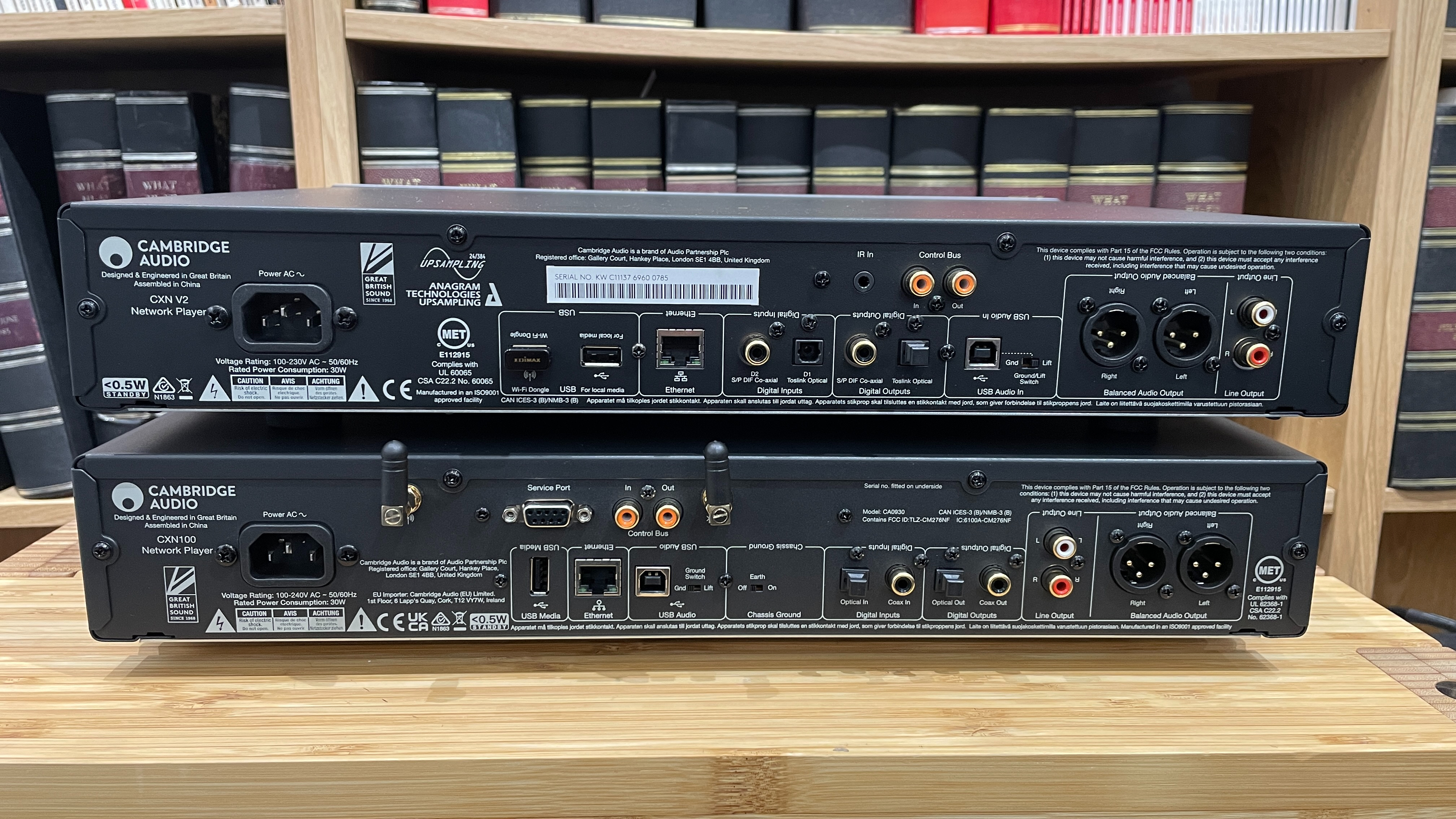
Flip both models around and you'll see a similar complement of inputs and outputs – the layout is just rearranged. Both streamers offer two digital outputs (coax, optical), two analogue outputs (balanced XLR, RCA line-level) and two digital inputs (coax, optical). The CXN (V2) has two USB type A ports, while the CXN100 has one, and both have a USB type B input.
There are two small antennae for the CXN100 and compared to its predecessor, Bluetooth is integrated into the new model. If you want to add Bluetooth streaming for the CXN (V2), you'll have to buy and plug in a separate BT100 Bluetooth dongle, which will let you stream in aptX quality (but it's a far too steep £85 price). On the CXN100, the Bluetooth supports just the standard codecs, SBC and AAC, but we can live with that.
The two streamers may look similar on the surface, but it's a completely different story internally. The CXN100 has been designed from the ground up, with an evolved power supply and internal components – such as more efficient capacitors and op-amps to help reduce distortion – chosen for their sound performance.
Also chosen for its sonic properties is the new DAC in the CXN100: an ESS ES9028Q2M SABRE32 Reference DAC chip. Cambridge says this DAC's timing filter is so good that it negates the need for any EQ or filters in the post-DAC stage.
Thanks to this new DAC chip, the upper limit of file resolution that the streamer can handle has gone up. The CXN100 can play hi-res PCM files up to 32-bit/768kHz, DSD512 and even MQA natively.
On the CXN (V2), you'll find two 24-bit Wolfson WM8740 24-bit DACs, and there are post-DAC digital and analogue filters, the former of which allows upsampling to 384kHz. The max file resolution this streamer can natively play is 24-bit/192kHz and DSD64, but it can't decode MQA files natively.
Is this a big issue? We find that most hi-res tracks you can download are available in 24-bit/192kHz at a maximum and we've not encountered many files beyond that resolution. If you have a growing library of DSD files or are a die-hard Tidal Masters subscriber with MQA as your favoured format, then the CXN100 will undoubtedly cinch the deal for you on these advanced specs alone. For most people (and even during our six-plus years with it), the CXN (V2) has served us just fine with our CD-quality and 24-bit (in 48/96/192kHz) tracks that make up the majority of our hi-res library in our test rooms.
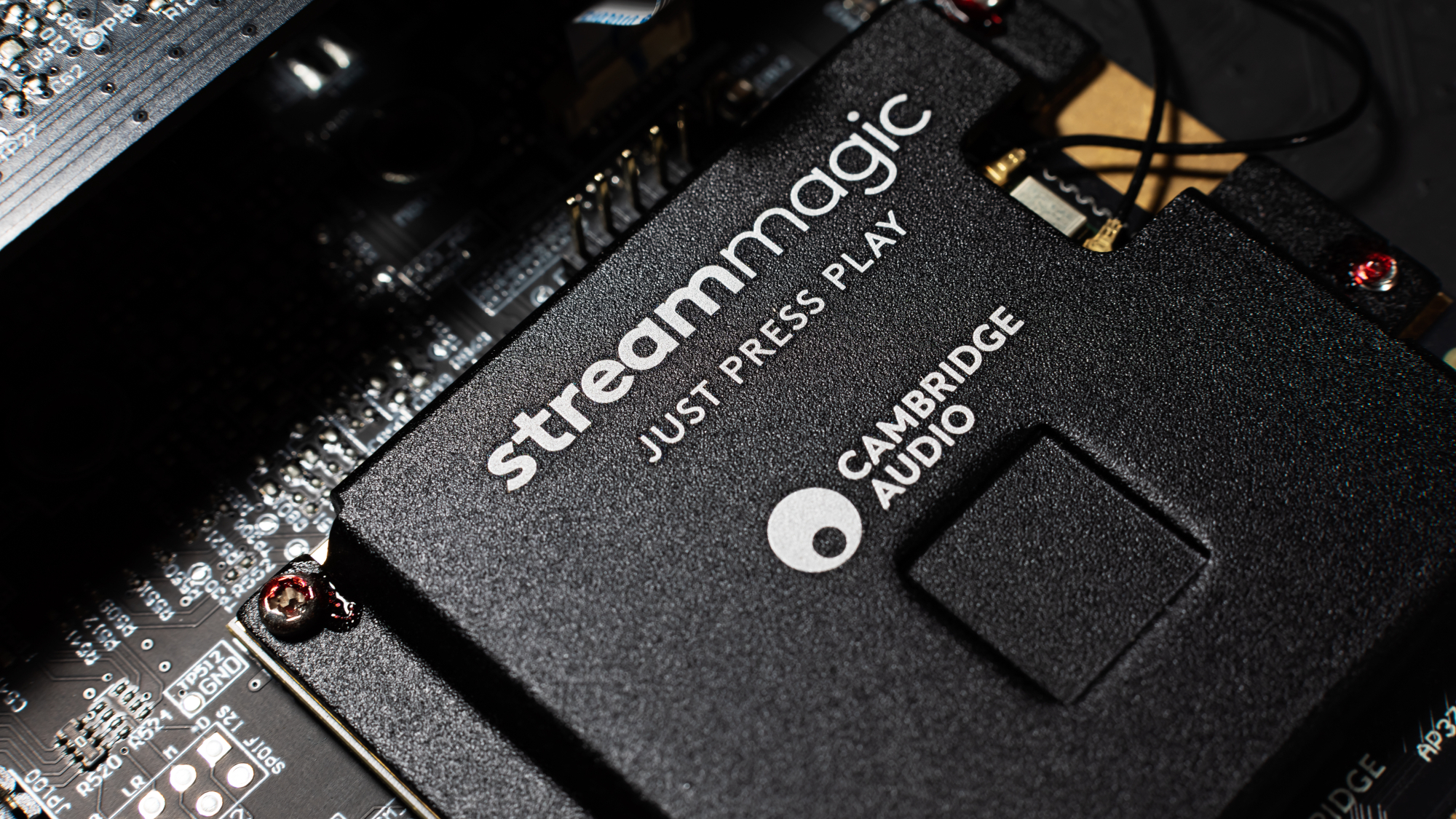
Another difference is that the CXN100 uses the latest, Gen 4 version of Cambridge Audio's StreamMagic module (also present in MXN10 and Evo), while CXN (V2) uses the Gen 3 version. As the StreamMagic engine is proprietary, Cambridge Audio has been able to push updates to bring new features (such as Qobuz and Deezer support) to the CXN (V2) over the years regularly, so there isn't much you're missing out on if you are sticking with your CXN (V2). As with the new CXN100, both can connect to a home network over wi-fi or wired ethernet, and both can play music files no matter where it's being played from viaa variety of streaming methods.
The Gen 4 module makes the CXN100 a tad more powerful and future-proofed, but the two streamers share the same major streaming features: UPnP, AirPlay 2, Chromecast built-in, Tidal Connect, Spotify Connect, Qobuz, Deezer and internet radio are all present. Both models are also Roon Ready.
For the added specs advantage alone, the CXN100 wins this round, but it's up to you (and your digital music library) to decide whether those extra specs are useful to you or not.
**Winner: Cambridge Audio CXN100**
Sound
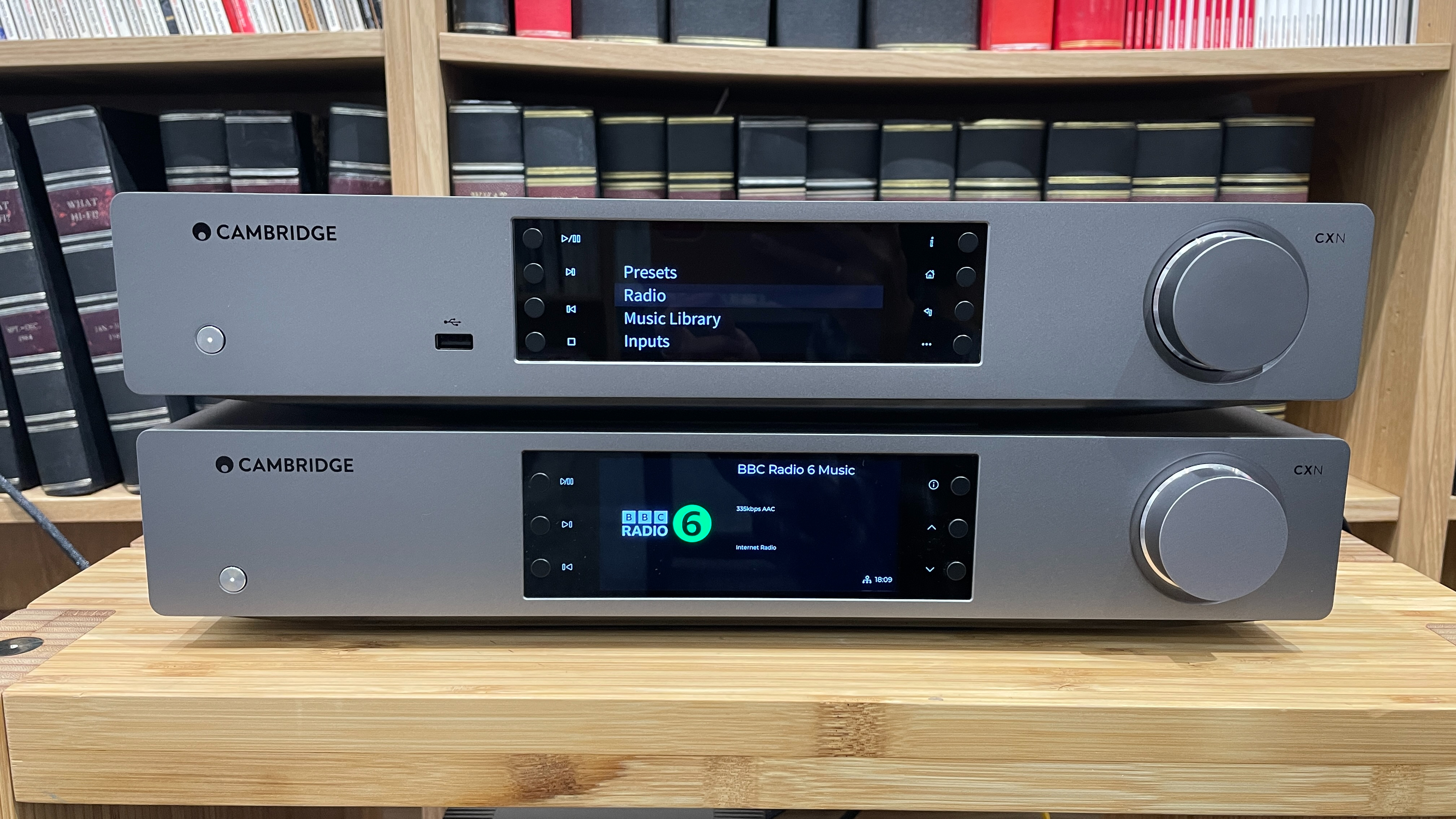
We can split hairs all we want about the design and specs of both CXN models, but it's a much clearer distinction concerning sound quality.
Let's start with the outgoing CXN (V2), which delivers an engaging, entertaining sound straight off the bat. The CXN (V2) has an enthusiastic and lively presentation, with a strong handling of timing, rhythmic cohesion and dynamic punch. The lower frequencies are agile and weighty, while the top end soars without sounding hard or bright. We found it particularly talented with voices, which sounds natural and subtle thanks to its full-bodied sound that managed to reveal subtleties with vocal quirks and shifts in the mood of a song.
As we said in our original review: "Most half-decent streamers could reproduce the basics of this song, but it takes something more talented to dig into the emotional core of this track and deliver it – and that’s what this Cambridge player does."
The new CXN100, however, makes huge strides forward when it comes to clarity, precision and spaciousness. It delivers a more open and wider soundstage compared to its predecessor, and every detail and note revealed is crisply etched – it's a more articulate sound. The presentation is on the leaner side here, which on one hand means songs are relayed with a snappiness and sense of attack that's exciting; on the other hand, it loses a touch of that warmth and richness that made the CXN (V2) so 'nice' to listen to, especially with voices.
It's a dab hand with all genres of music, and in our review, we applaud it for having "a top end that strikes the right balance between smoothness and bite, and low-end notes that are tautly pulled. Its refinement means that we can punch up the volume to party levels without things getting messy or too fatiguing."
It's always interesting when a new product changes its sonic balance from one we know so well, but this does mean the answer here isn't very straightforward. Which balance you prefer is very much up to personal taste: the newfound levels of clarity and precision in the new CXN100 are undoubtedly impressive, but we can't help but miss the engaging, natural quality of the CXN (V2).
**Winner: Draw**
Verdict
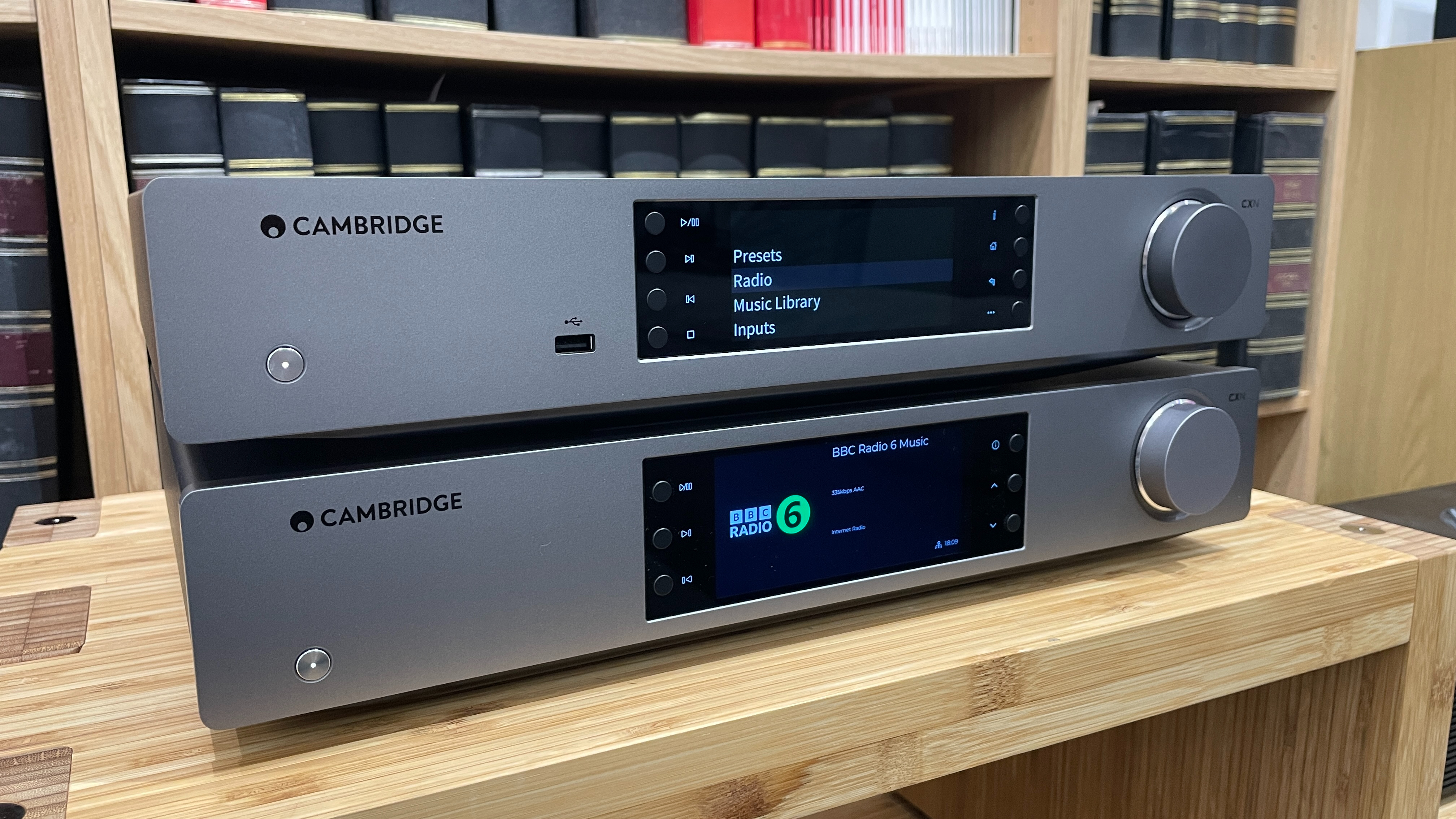
What does that mean for potential buyers? The CXN (V2) isn't available anymore, so that might take all the decision-making away from you. If Cambridge's streamer is brand-new to you, we can't imagine anyone being disappointed with the CXN100 – it's a modern, streamlined, feature-rich and future-proofed product that will delight and impress. If you already own a CXN (V2), however, the differences between it and the new model aren't quite as night and day for you to upgrade immediately, unless those extra specs in the CXN100 are exactly what you've been missing.
MORE:
Read our original Cambridge Audio CXN (V2) review
Check out the Cambridge Audio CXN100 review
Cambridge Audio CXN100 vs MXN10: what are the differences between the two super streamers?
Best music streamers: top network audio streamers tested by our experts

Kashfia is the Hi-Fi and Audio Editor of What Hi-Fi? and first joined the brand 13 years ago. During her time in the consumer tech industry, she has reviewed hundreds of products (including speakers, amplifiers, turntables and headphones), been to countless trade shows across the world and fallen in love with hi-fi kit much bigger than her. In her spare time, Kash can be found tending to an ever-growing houseplant collection and shooing her cat Jolene away from spinning records.
